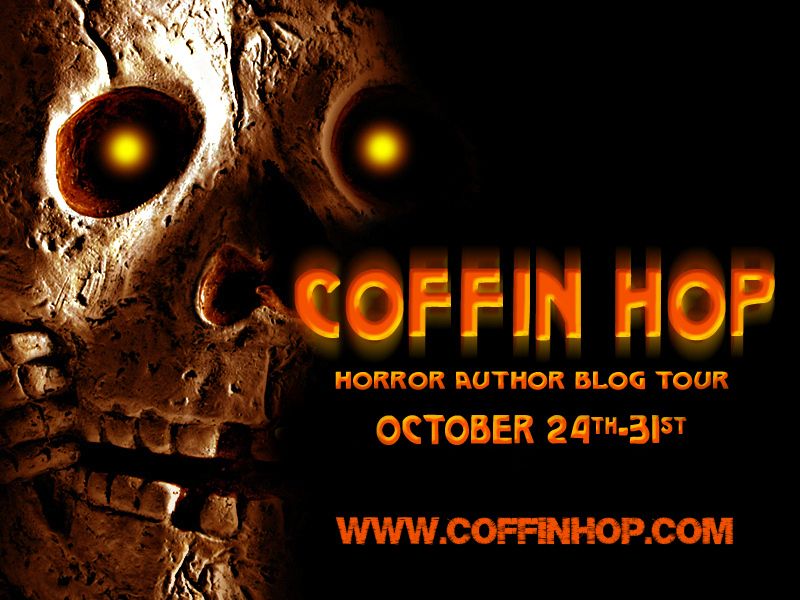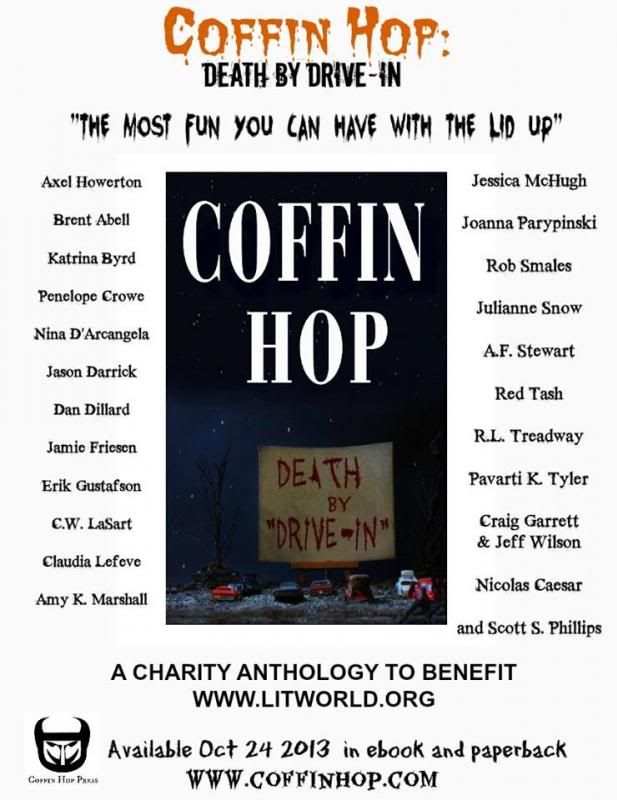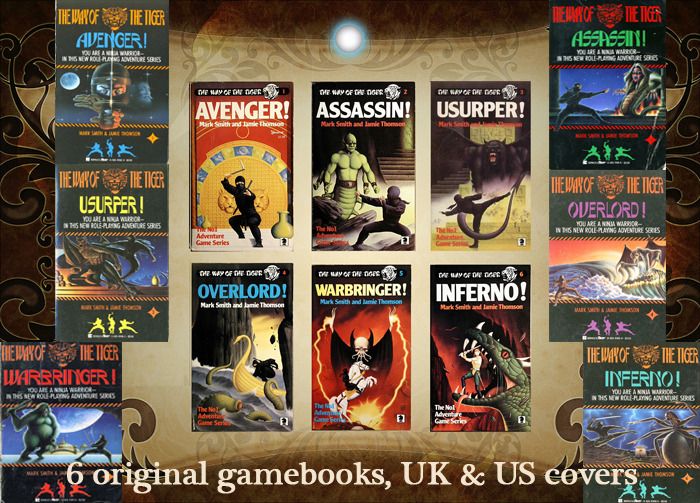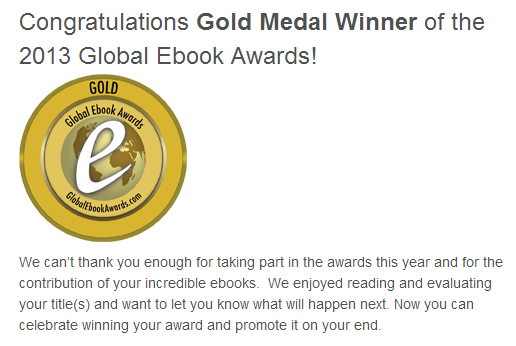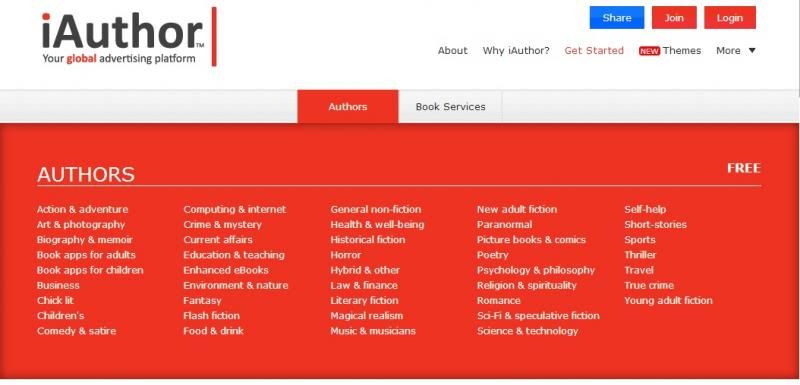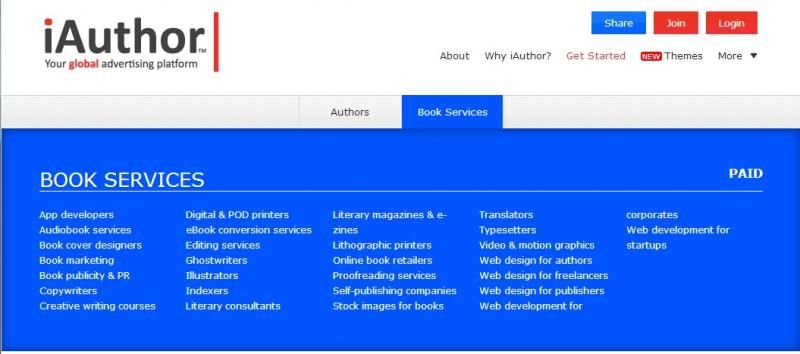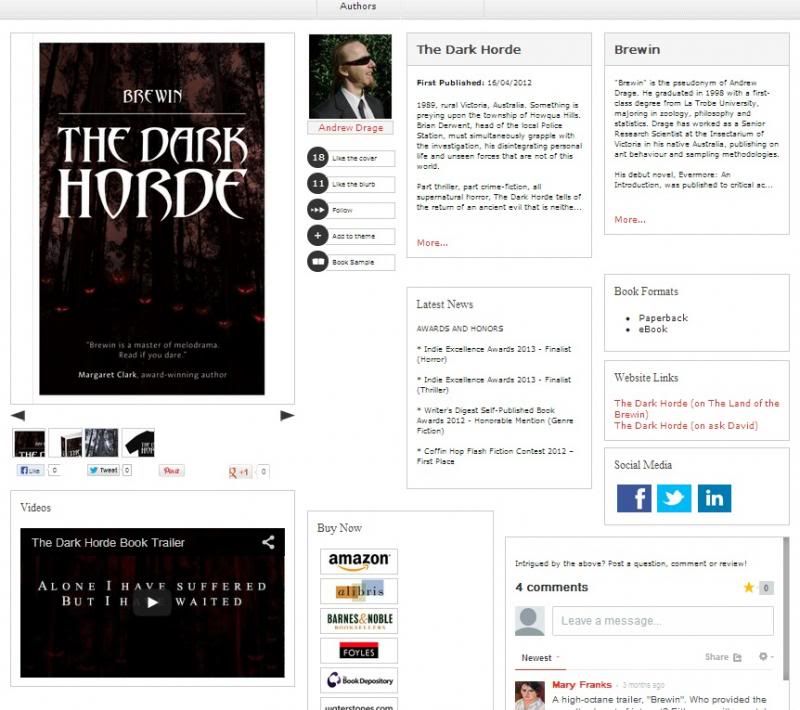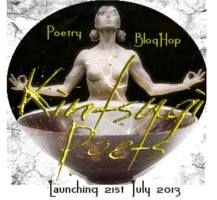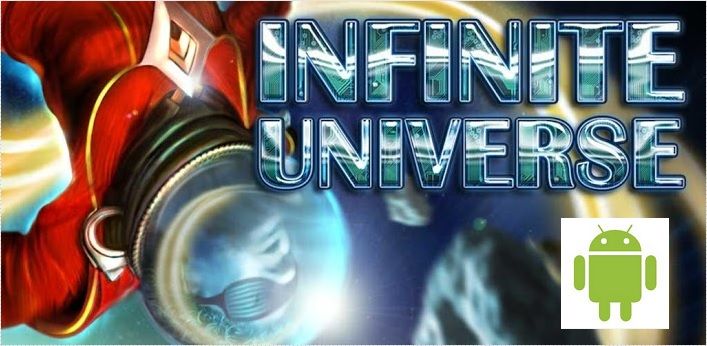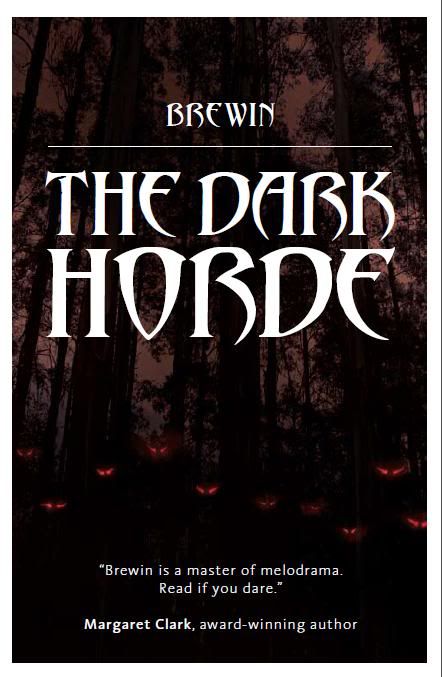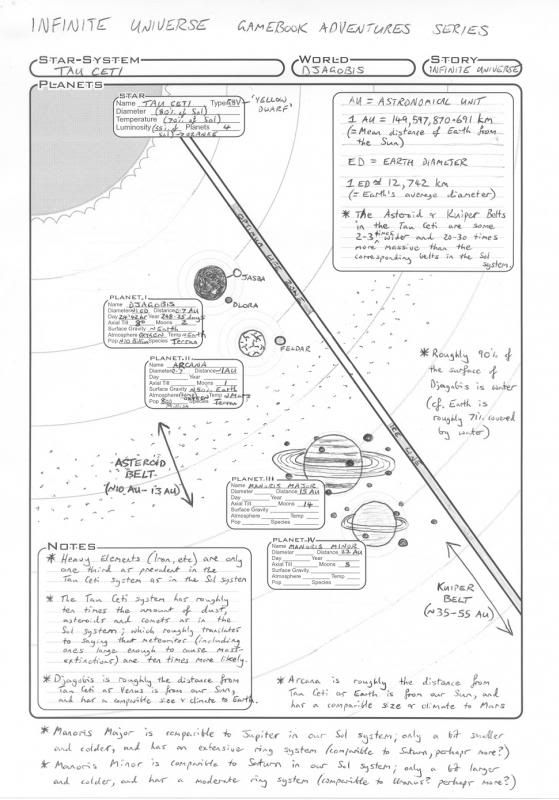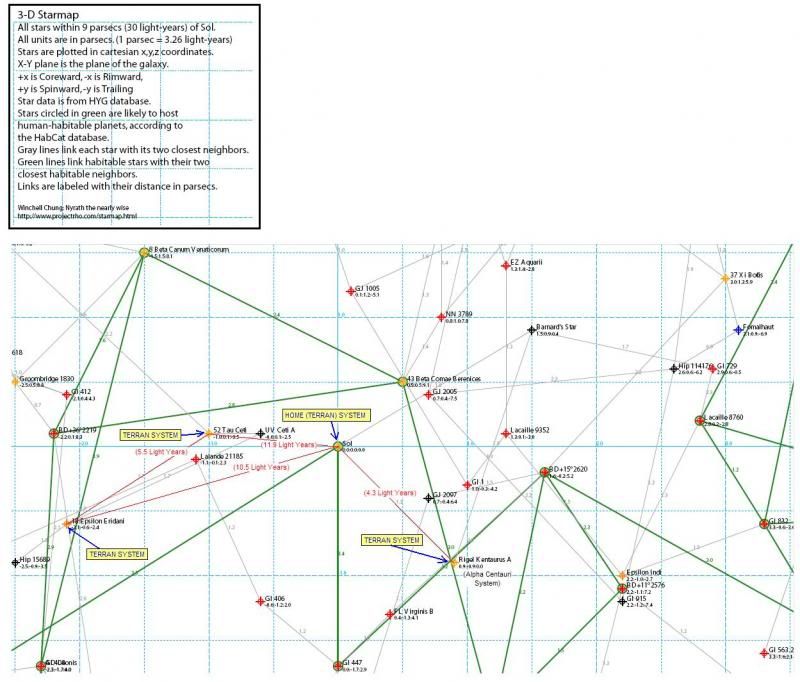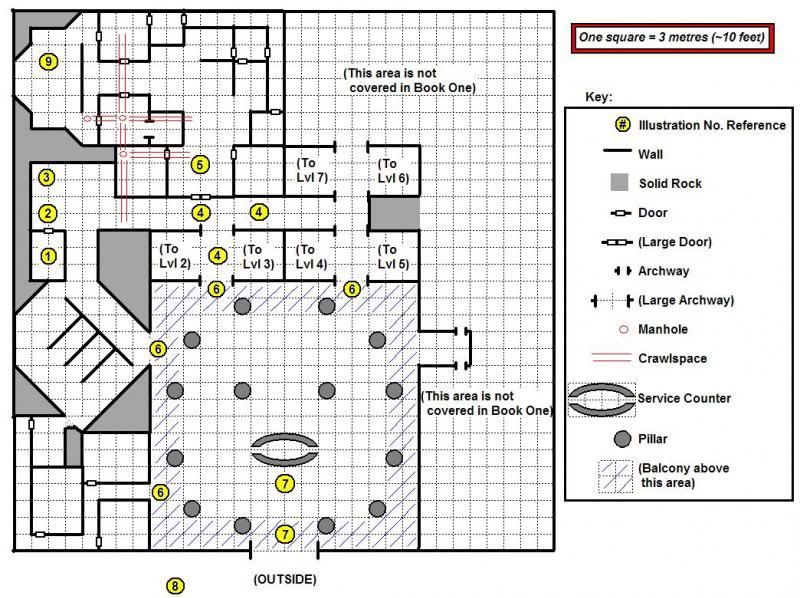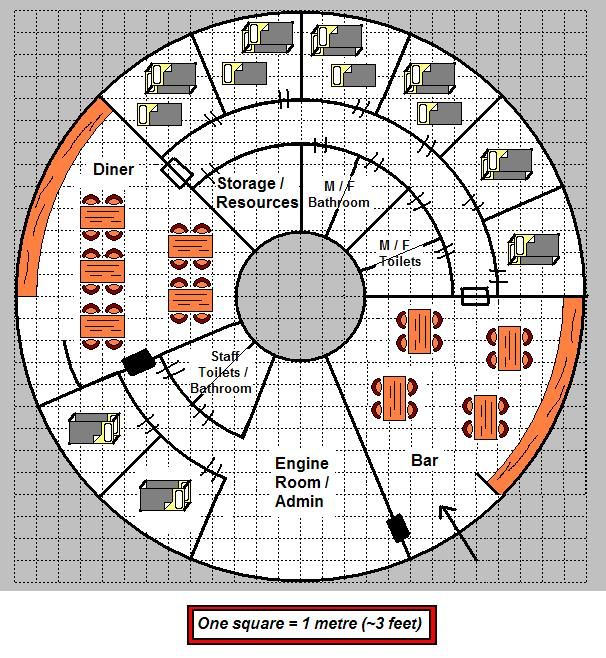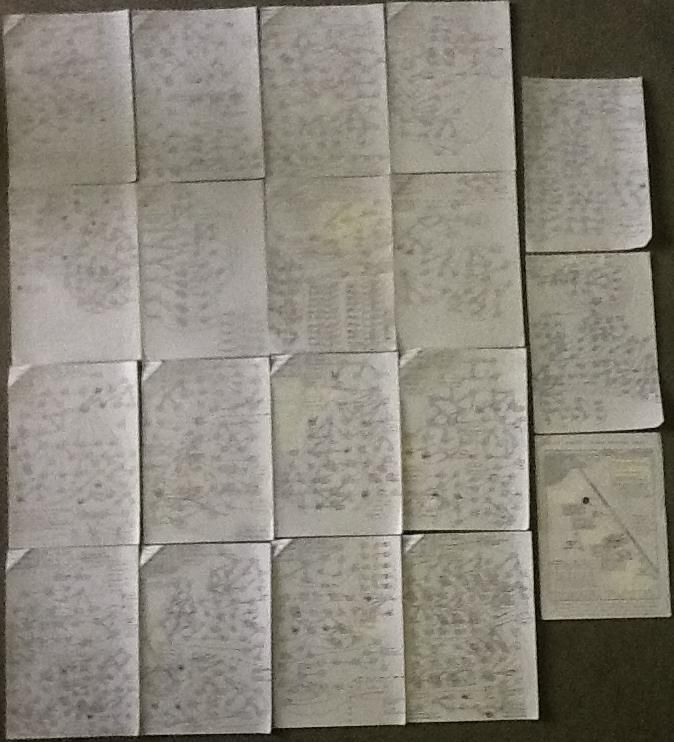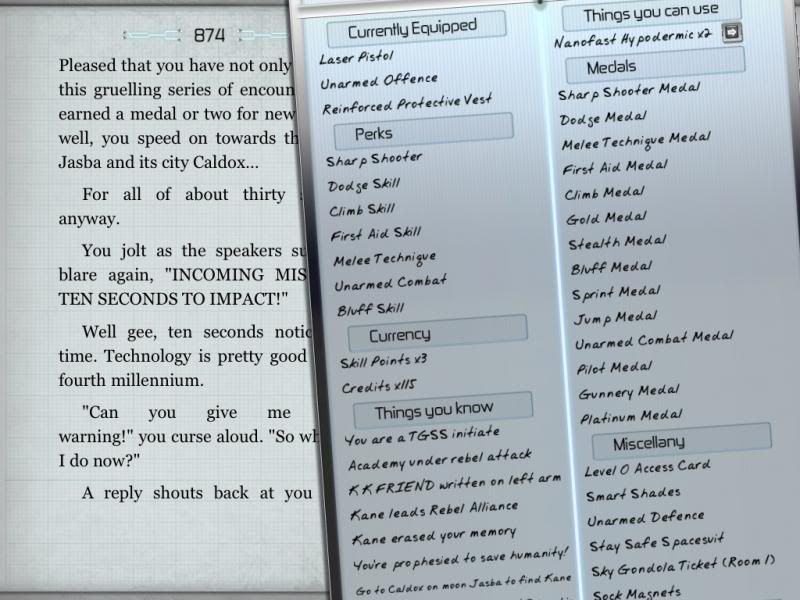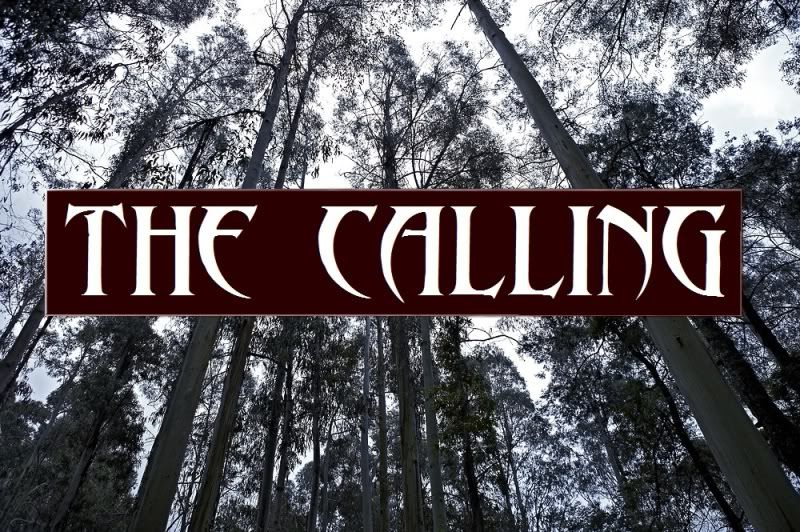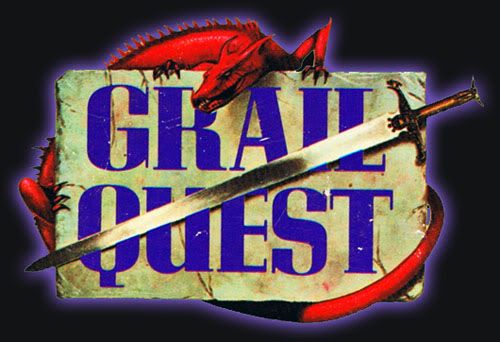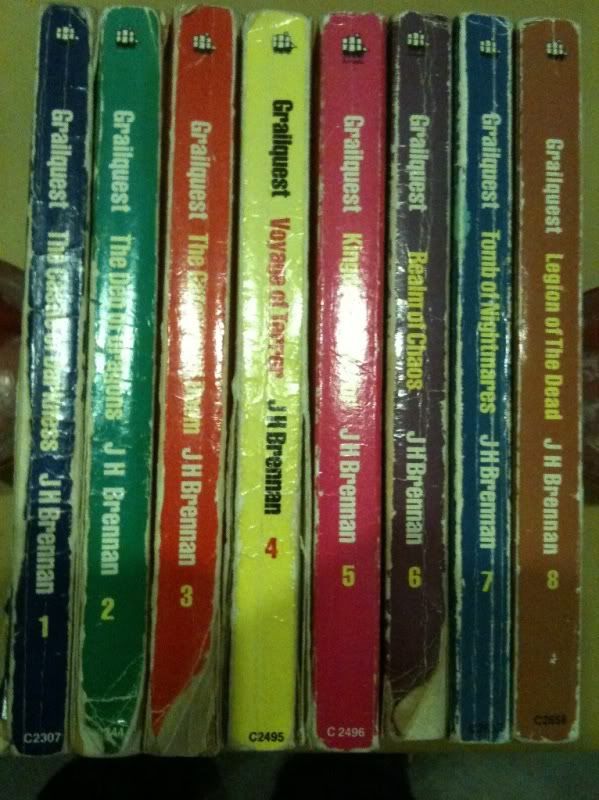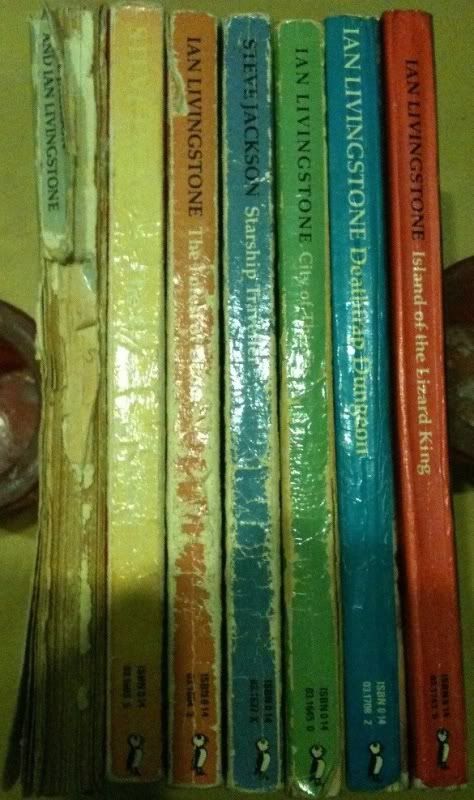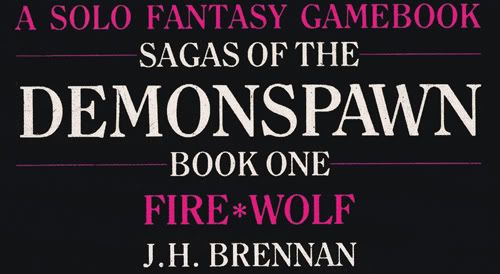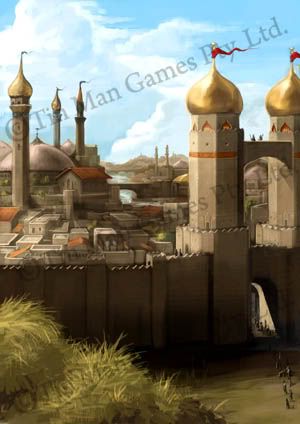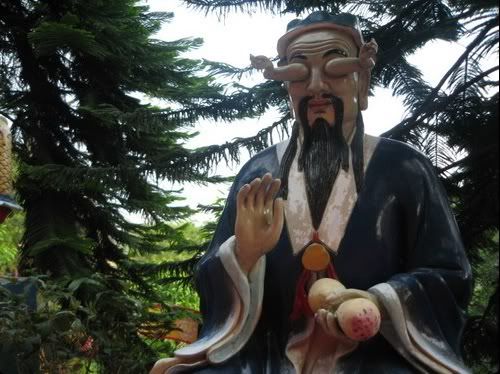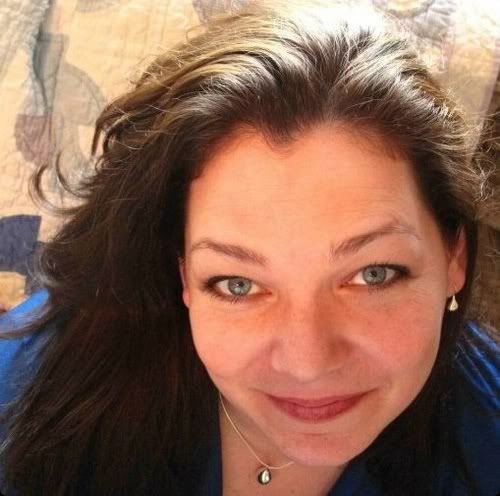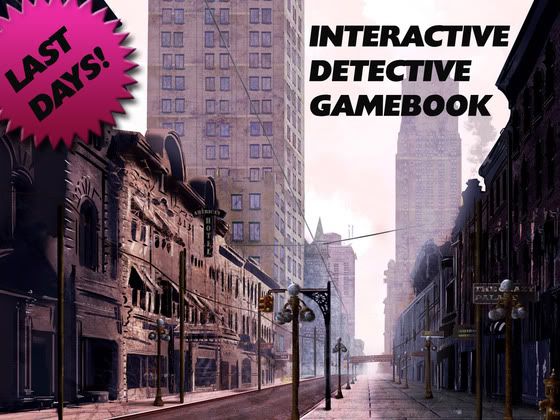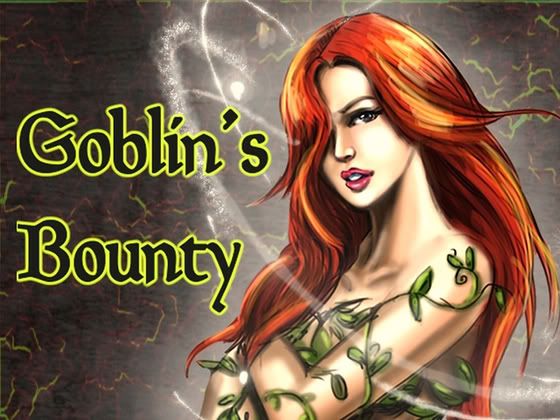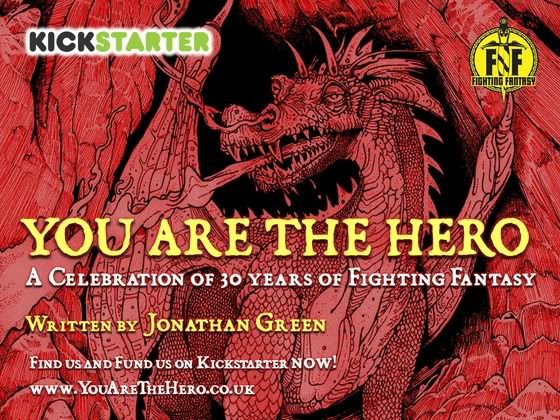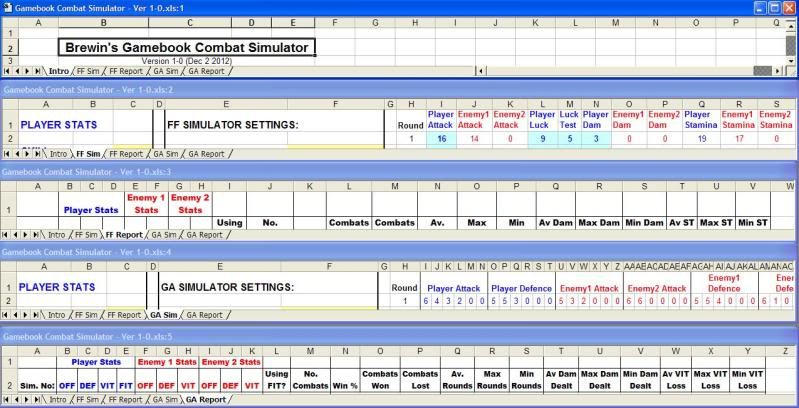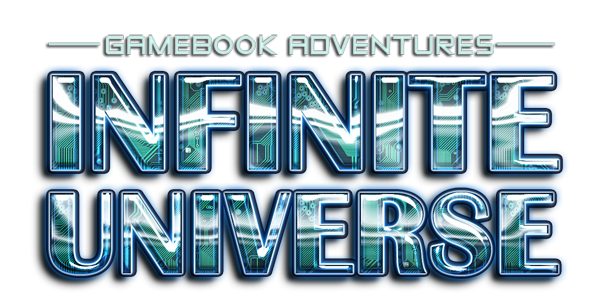
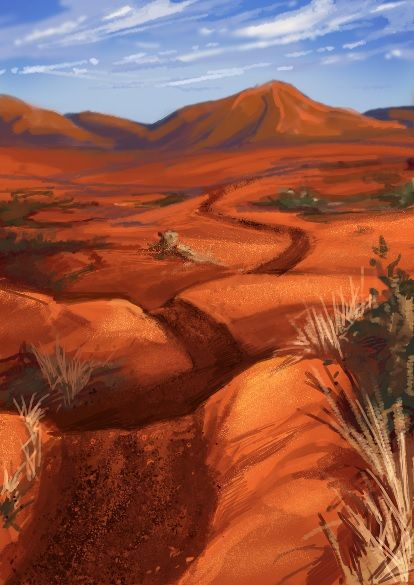
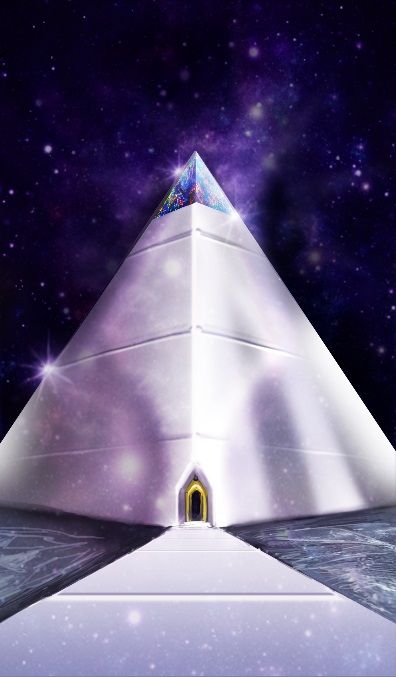
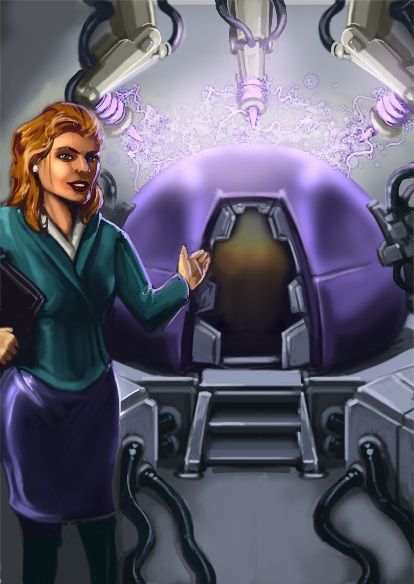

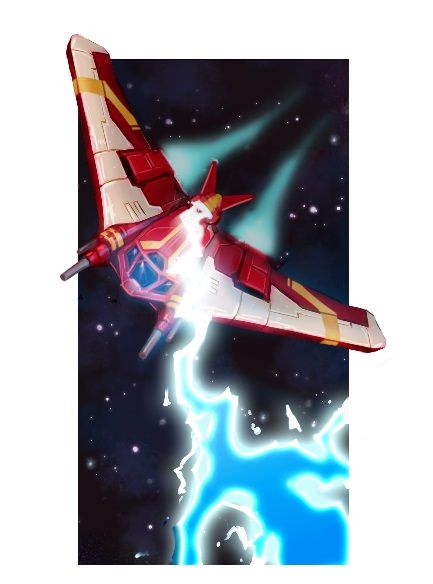
Wednesday, March 13, 2013 AD.
It seemed like a good idea at the time...
Road trip to the red centre of Australia. From your home city of Melbourne in the south-east corner of the continent, west along the coast to the church city of Adelaide and then inland north to Uluru, otherwise known as Ayer's Rock. It is known as the dusty heart of Australia and just to make it there, you had to travel some two and a half thousand kilometres. Once you arrived, well you'd figure out where to next. The journey itself was to be as epic and exciting as the destination.
Trouble was, most of the journey was through the vast Australian desert, otherwise known as 'The Outback'. Perhaps the most desolate and uninhabited expanse of land outside of Antarctica on the planet, stretching across the belly of the continent for millions of square kilometres.
If it wasn't the oppressive heat that beat down on you relentlessly during the day when 45 degrees Celsius was normal, it was the constant presence of swarms of harassing flies. If it wasn't the boredom of the endless red and ochre sands, punctuated by clumps of spinifex grass and the occasional defiant saltbush, it was the sense of isolation that came from being on the road alone for days, uninhabited land stretching to the horizon in all directions. And to top it all off, you've lost your wallet somewhere along the road hundreds of kilometres back...
(Illustration by Joshua Wright)
Thus was how the story of my gamebook Infinite Universe began, that was released as part of the Gamebook Adventures series through Tin Man Games almost exactly a year ago. So to mark the anniversary, and to pay homage to the journey Captain Comet began around this time in a parallel universe, it’s probably about time that I did a blog post about it. (Been a hectic last three months for me with the demands of the “day job” mostly, but I’m back to more regular posts now). I have split this article into two parts: the first part (this post) is about my design objectives with regards to the work, my evaluation of those objectives following feedback and how I’ll be approaching a sequel. The second post will go into the design elements in more detail, FAQ and additional content that wasn't used.
SOME PRELIMINARY COMMENTS
If you’ve read any of the books or gamebooks I’ve written, you may notice that they tend to be quite different from not only each other, but also from the “established norms of the genre(s)” they’re in. This isn’t accidental. At risk of sounding like a complete wanker by saying this, I am driven to create works that “would not have been created had I not created them”. In other words, I go out of my way to do things differently and forge new paths. Such an approach carries significant “risks”. -By straying away from what readers would typically expect from the genre, there is a tendency to get a greater polarisation of views than would otherwise be the case if you stuck to the “established norms of the genre”. Some people love your work for how different it is from what they’ve read before… And others, well let’s just say that some can be quite vocal in their condemnation ;)
Not that I am easily deterred, in fact I’m quite renowned for being stubborn and having conviction in my own abilities and ideas, regardless of criticism. Sometimes that’s a good thing (certainly you need a lot of self-belief to follow projects through to their conclusion and release to the world), but yes it can also mean that you are prone to self-indulgence at times and can misjudge your audience… And I think I may be guilty of that.
But really, any creative work, regardless of how good or bad it is, will be loved by some, treated indifferently by others, and disliked by others. The degree to which this occurs depends on a lot of things, only some of which are to do with the work itself. Other factors include publicity, timing and preconceptions/expectations of the work.
But enough with the vague preamble, it’s time to talk about specifics!
(The Platinum Academy - Illustration by Joshua Wright)
MY OBJECTIVES
Having been “in the right place at the right time” to become involved with what you might now call the “Gamebook Adventures juggernaut” (a story I’ll skip for now for the sake of brevity), I pitched my idea for a gamebook (actually a series) which had the original working title Space Saga. The idea was approved, (for the first title anyway) but really it was another year or so before I had a chance to work much on it. The reason for this delay was that apart from anything else, I was editing, designing, re-balancing and writing for the first four Gamebook Adventures titles. But I’ll get to that point somewhere later on in this article, as it puts an “interesting spin” on some of the comments made about Infinite Universe…
Basically, my objectives in designing and writing Infinite Universe were as follows:
· It would be science fiction. Not “gritty” science fiction however, but “zany” science fiction. I.e. more like Hitch Hiker’s Guide to the Galaxy type sci-fi, than 2001: A Space Odyssey type sci-fi. It’s a gamebook right? I didn’t want to be bogged down by the impracticality of interstellar travel (light speed is a bugger) and scientific things of that nature. Nope, just lasers, space ships and star gates that let you easily traverse the galaxy and time.
· It would be epic in nature. “Epic” is a bit of a vague term really that could mean a lot of things, but what I mean by this is that I wanted it to have an epic story that took a lot longer than a single gamebook to tell (but is largely “set-up” in the first book). And epic in terms of the word count too; more novel-like in length and time to read than is typical for a gamebook.
· It would be comical. Some of my favourite genre works (for instance the Grailquest gamebook series, the Red Dwarf television series, and movies like Shaun of the Dead) have a comical take on an established genre… And this includes parody and poking fun at it - and this is what I did too in writing Infinite Universe - sarcasm and self-depreciation were to be part of the approach taken.
· It would be set in a fleshed-out and consistent “universe”. The setting details are based on actual astronomical data and many more places are detailed in the “Bloggopedia” that accompanies the gamebook, than in the gamebook itself. And then there are the significant figures and organisations that form part of the story, each with their own personalities and agendas. Not to mention world-specific technology as well.
· I wanted the hero of the story to have a detailed history. This differs from most gamebooks, where the reader can easily “imagine themselves as the hero” as the hero’s background and personality is so vague. But no, I wanted the hero to have a strong sense of their own identity, background and personality (even if they have to discover what this is over the course of the story).
· I wanted the story to be underpinned by a system based on the Gamebook Adventures system, but with enhancements (namely skills and stat purchases, ranged and vehicular combat) that enabled the reader to customise their hero according to their own play style. And in addition to this, cater for both male and female readers, rather than simply assuming that the main character is male for example.
· I wanted the difficulty to be calibrated towards the “easy” end of the spectrum, to minimise the frustration caused by death after reading many pages and having to start over again. And also to facilitate the reader reading to the end, and subsequently a sequel if there was one (the sequel or sequels even, would then progressively get harder).
· And yet I wanted the work to have a high degree of replayability. For instance, whilst you may get successfully get through the gamebook to the ending, you may not have acquired many medals and therefore skills in the process. You may find yourself replaying through Part 1 in order to acquire more skills for later on. And because Part 1 is the Part most read (especially because it is free!), it is also the most open and has the highest number of distinct paths: spanning some 250 odd sections. Beyond this, there’s a number of items that you can accumulate in later Parts and events that occur, that will affect sequels, but I’ll talk about this more at a later point.
· Giving reward to those that achieve more than just getting through the gamebook. For instance, it is quite difficult to get through the gamebook and have a jetpack at the end of it for the sequel. It is significantly harder to obtain the Platinum Medal. The reward for achieving these things however is more something you get in the sequel, rather than this one (I’ll talk about this point in more detail later).
· Making it such that with maximum stats it was still quite easy to “fail” and yet even with minimum stats it was possible to succeed without toooo much difficulty. It is my personal belief that not enough gamebooks achieve this: too often gamebooks are virtually impossible without maximum stats and I sought to avoid this.
· And finally, to loosely base the work on a gamebook series called Space Fighter that I wrote over twenty-five years ago as a childhood fan of things such as Fighting Fantasy, He-Man and Star Wars.
(Illustration by Joshua Wright)
A PERSONAL EVALUATION OF WHETHER I ACHIEVED MY OBJECTIVES
· It’s true that some readers were hoping for sci-fi that was “grittier” or more “serious” than Infinite Universe. For instance, some lamented that it wasn’t more like the excellent gamebook Star Breed – Episode 1, or more like Warhammer 40K or something, but this wasn’t the sort of work I set out to write. But really, you can’t please everyone can you? -Not that I can’t do “serious” if I want to, and in fact I already have (well sort of)… My novel The Dark Horde for instance is “supernatural horror”, complete with intense and shocking R-rated horror, violence and sex. -The few I’ve spoken to that have read both works, have commented on how widely different these two works are and that they would never have picked that they were written by the same person…
· Infinite Universe certainly turned out to be “epic” in length. The overall word count is about 170,000 words, not including the encyclopaedia. And then consider that over 200 written sections were removed from the final version (maybe another 40,000 words worth or so). However, this length and the wordiness of some of the sections irked some, even whilst others said that they preferred that the sections were longer and more detailed, rather than just a paragraph or two per Section. If I were to rewrite the work though (a hypothetical that is unlikely to ever actually happen as I’d rather create new works than revisit old ones), I’d probably only cut the length slightly. In fact, it’s really only the section at the start of Part 4 that I would cut significantly. That particular section (really it’s two sections; one version for when the hero is male and the other for when they’re female) was actually how the gamebook initially began. -This partly explains its length, as it “sets the story” by detailing your character, their background and the current situation. If you’ve read the gamebook, you’ll know how I still managed to use this section halfway through the story, but still I think it wouldn’t have hurt much to cut it down a bit; even if it is all about defining who you are and what your motivations are so that the subsequent story has context beyond being a “generic hero”. –And yes, I’ve certainly set the story up for a sequel: perhaps if you finished Infinite Universe you have already suspected what that’s about ;)
· On the comedy aspect, well it certainly did include elements of parody, sarcasm and self-depreciation, but this is difficult to do in a way that “satisfies all markets” (and Stuart Lloyd wrote an excellent article discussing some of the challenges of doing this in a gamebook here). Of particular interest to me is the observation that the North American markets (and I’m generalising here) have a different appreciation of comedy than the Australian and UK markets for instance: sarcasm and self-depreciation (at least as the Australian/UK markets understand them) are less prevalent in North American comedies, and thus this style of comedy doesn’t tend to translate so well. (Consider for example that most? Australian and UK comedies are re-written and re-cast for the US market, presumably to broaden their appeal there, whilst that rarely seems to happen the other way around, in Australia at least).
· The setting of Infinite Universe was certainly detailed, and scientifically accurate: underpinning the story and those to follow… Not much to evaluate there really, but I’ll talk more about the design of the setting more in my follow-up post to this one.
· The character’s history and personality are certainly quite detailed with much more depth than is typical for a gamebook, which is what I set out to achieve, but I recognise that this is a liability to some: especially if (as some have reported) they didn’t “like” the main character. By having a more “generic” hero (and typically one that is more sure of themselves and less cynical), the reader is more able to imagine themselves in the role. There’s a reason why the Fighting Fantasy mantra “YOU ARE THE HERO” has such resonance…
· The ability to play as either a male or female character seemed to go down well though, and I know of a few female readers that appreciated being able to play a main character of their gender for a change, rather than having to accept that “male leads have more interesting stories” or something like that, as there’s no reason at all why female leads can’t be just as interesting. That there isn’t more gamebooks with female leads is more to do with the fact that most authors are male, and that the target market is viewed as being predominantly male than anything else I think, and I’m happy to have contributed to changing that (as I also did with Trial of the Battle God).
· Having crunched the numbers, I already knew that the gamebook was quite “easy” in comparison to other gamebooks (and possible to complete with minimum stats). My emphasis here (and in stark contrast to Trial of the Battle God which is opposite in many ways) was on “story” over “game”, and this meant keeping the reader in the story. But I also wanted to provide incentive to replay via achievements such as the hard-to-get Platinum Medal and the different skills that can be acquired. But I actually think that there’s some things there that I could have done better: in particular to address the perception that “whatever you do in the first three Parts becomes irrelevant for the subsequent three Parts” but I’ll get to this point in more detail below.
MY THOUGHTS ON FEEDBACK
The reviews to-date on Infinite Universe have mostly been very good, but also they’ve been quite polarised in some quarters, and arguably more so than with any other of the Gamebook Adventures titles. Quite a few rated it the best of the series to-date, whilst quite a few also rated it the worst, and considered that it had poor writing among other issues. I have already made the point above that I set out to do something quite different with Infinite Universe, and that this in itself generates a greater polarisation of views, but there’s more to this story… I knew (as Tin Man Games knew in taking a gamble with me to let me do this) that taking a different approach would go down well with some and not with others, but you don’t capture the interest of new markets by doing things the same way do you?
I will admit that I was surprised by some of the negative comments though, in particular the ones that cast negative judgement on my own ability (as opposed to the delivery chosen for this work), and yet were fans of the other Gamebook Adventures titles… Sure there was plenty of praise too, don’t get me wrong, but I’m inclined to focus on negative feedback as that’s where I see the greatest potential to learn from is, and those passionate enough to write a bad review are often among the most passionate fans that you can potentially win over, so let’s see if I can:
· The first point I want to make to put this into context, is that as “editor” for the first four Gamebook Adventures titles, you may be surprised to learn just how much of the content of those titles was actually written or designed by me.
- For An Assassin in Orlandes I only did essential editing (it’d already been released for a start) and restructuring to ensure the reader was likely to get a specific needed item (at Neil’s direction based on feedback), some rebalancing of stats, and ensuring that readers had the option to explore all areas at a given location before being moved onwards by the narration (something I’m always seeking to address in gamebooks as I outlined in my take on gamebook design here).
- For The Siege of the Necromancer I didn’t do much more than what I did for the first GA title… I wrote a handful of the deaths and rewrote some of the passages a little, like the Goblyn Trickster’s speech and his illusionary forest. To put a number on it, I maybe wrote 5-10% of the final text…
- For Slaves of Rema, well I probably ended up writing about 50% of it. This includes the beginning (basically up to you entering the arena), the ending, the deaths, the political elements, some of the scenes, the rebalancing and bits like the “Big 60” dice game that was from a game I had in my D&D campaigns twenty years ago (Gaetano’s original design for the gambling game wasn’t feasible at the time). In saying this I don’t want to take any credit away from Gaetano Abbondanza, the author of the work who wrote and designed such a fantastic work in the first place. -I just built on it, introducing the political details after brainstorming them with Neil Rennison (where we decided on where to take the story). As part of this process, and with Neil’s input, I also drew up the political boundaries of the differing nations and city-states that make up the Reman continent, named them and wrote up their histories.
- For Revenant Rising, I ended up expanding a lot of the descriptive or dialogue passages in that too, and Neil rewrote the beginning, such that I’d estimate I probably wrote a quarter to a third of that too. Again I’m not trying to take credit away from Kieran Coghlan’s great work here, just point out that my contribution to that too was substantial…
· It’s taken me a long time to make the above points publically, as the trouble with defending yourself is that, well you come off as defensive. But I felt I had to point out my contribution to the previous Gamebook Adventures titles sooner or later, as I think it helps put criticism of Infinite Universe into context, given that many of those who were critical of the writing in Infinite Universe, loved the writing in Slaves of Rema or Revenant Rising, and they may actually be comparing “apples and apples” and not have known it J
· The other point on that is that were it not for the writing accolades I received last year, for both The Dark Horde and Infinite Universe (see here), I would have had more cause to give weight to those negative reviews, as they may have been right. But having won international awards now, I’m encouraged that at least some think I’m doing things right…
· But all this raises the question then, which I’ve asked myself many times, and have some answers for, but haven’t fully resolved: If it’s not the writing, then why the negative reviews? Whilst I do go out of my way to “do things differently” (Trial of the Battle God being another good example, as is the genre-bending Evermore: An Introduction), I am in the game of trying to write for the broadest market. So it’s important for me to understand the reasons for the negative reviews, and to consider what I can do next time to address those perceptions, whilst staying true to my own vision and recognising that “whatever you do, not everyone is going to like it anyway”. In short, I think the main reasons for the negative reactions are as follows:
- Free to download. This was the one that was expected. You make a title free to download and you get a lot more downloads. But as a result you get a lot more negative reviews as a result by those who wouldn’t have liked it (or paid for a full version) anyway… Mind you I think the average rating for Infinite Universe is on par with the other Gamebook Adventures titles anyway, so if anything this effect was less than expected.
- Humour. As discussed above, the sarcasm / self-depreciation thing is more akin to Aussie and UK markets (at least as they understand it), than the North American ones.
- A main character with a strong personality. As discussed above, this was one of my objectives, but this approach can be off-putting to some readers if they don’t “like” the main character and/or cannot identify with them.
- Linearity of the story at times, and word length. Consistent with my objectives, I wanted to emphasise the story elements over the game elements: something halfway between a novel and an interactive gamebook if you like. This appealed to some, but not so others. Yes I could have allowed more choice in certain parts, but this would have further increased the word count of a work that was already 170,000 words…
- The way in which the story flowed. A slight spoiler (nothing too drastic if you haven’t read it though) is that Parts 4-6 of the gamebook are actually set before Parts 1-3, such that you do not have any of the items or skills that you gained in Parts 1-3, in Parts 4-6. In designing the gamebook I hadn’t initially meant for this to be the case (and actually I’d written almost all of Parts 4-6 before I started writing Parts 1-3), but since Part 4 is set in 2013, when it’s meant to be a “sci-fi gamebook”, the decision was made to start in the sci-fi future setting, and return to the past only once the reader had invested in the story. If the free download of Part 1 had been mostly set in our time, some would have questioned whether it was sci-fi or not and may not have bothered to read on… But the whole “lose everything you had in Parts 1-3” thing irked some. Sure they get it all back after Parts 4-6 (on the final section of Part 6 basically), but Parts 7 and beyond haven’t been released yet, so the point of all that is currently less appreciated than it will be later… But I’ll talk more about the details of these designs later in the follow-up blog post.
(Illustration by Joshua Wright)
MY THOUGHTS ON THE SEQUEL
· So where does this leave me now? Well I can certainly cite a few things that will be tackled different in the sequel (which is at least a year off with nothing concrete confirmed, and I’ve got plenty of projects to complete in the meantime anyway). The summary of these things as they float around in my head, are as follows:
- Less humour and a less “defined” character. Given how the first book ends (which I won’t spoil for you if you haven’t read it), it’s actually pretty easy to set up the character of the sequel being quite different. This character won’t have the same personality as the original in the sense that I won't include their often cynical/dismissive mental thoughts. Instead, their personality will tend to be only expressed through the character's actions, which are decided by the player. Basically this is accentuating what I do in the first book, the idea being that if the player wants to play the "brash bold hero who saves the universe" they can, but equally they can still play "the fool" like in the first book too. Everyone wins J
- A faster more concise delivery. Rather than the long story-building narrative style of the first, there’ll be more emphasis on action and crazy events and places. This was always intended by the way (Parts 1-6 in many ways simply set the scene for the “actual story” to follow) and I think this will further broaden the appeal.
- A more open design. Consistent with the emphasis being taken away from the “story” elements, there’ll be greater opportunities to explore the world than in the first, where the reader will be encouraged to find their own “side-missions” and their own way to ultimate victory. (This too was always intended).
- Continuity. And of course all those items and skills earned in the first book will carry over into the sequel. The impact of various choices in the first will also have repercussions in the sequel: consider yourself warned!
Well I think over 4000 words is more than enough for one blog post, so I’ll finish here. The follow-up post (sometime soon!) will give a more detailed examination of the design aspects of Infinite Universe: including some maps not revealed before, additional content, music tracks that weren’t used, and some of the FAQs (such as how does one get the Platinum Medal)… Thanks for reading!
Click here for Part Two
